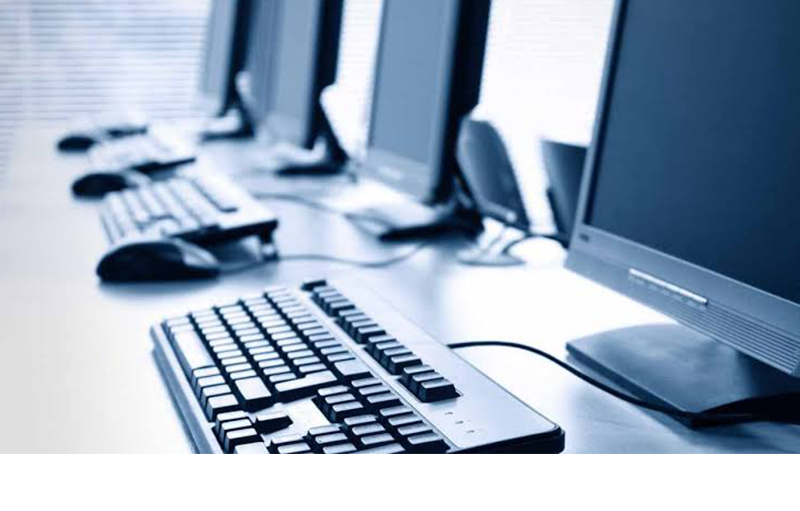
ICT Equipment Supplies
1. Computing Devices
• Desktops & Laptops – Used for office work, programming, and business operations.
• Tablets & Smartphones – For mobility and remote work.
• Workstations – High-performance computers for professionals like designers and engineers.
2. Networking Equipment
• Routers – Connects the company to the internet.
• Switches – Manages network traffic between devices.
• Access Points – Provides wireless internet connectivity.
• Firewalls – Enhances network security.
• Cabling (Ethernet, Fiber Optic) – For wired network connections.
3. Servers & Storage
• Servers – For hosting company applications, databases, and websites.
• Network Attached Storage (NAS) – Centralized file storage and sharing.
• External Hard Drives & SSDs – Backup and additional storage.
• Cloud Storage Solutions – Online storage for easy access and backup.
4. Communication Devices
• IP Phones & VoIP Systems – Internet-based telephone systems.
• Intercom Systems – For internal communication.
• Video Conferencing Equipment – Cameras, microphones, and speakers for meetings.
5. Peripherals & Accessories
• Printers & Scanners – For document management.
• UPS (Uninterruptible Power Supply) – Protects equipment from power interruptions.
• Keyboards, Mice, and Monitors – Essential input/output devices.
• Projectors & Screens – For presentations and meetings.
6. Security & Surveillance
• CCTV Cameras – For office security monitoring.
• Biometric & RFID Access Systems – For restricted access control.
• Antivirus Software & Cybersecurity Tools – Protection against threats.
